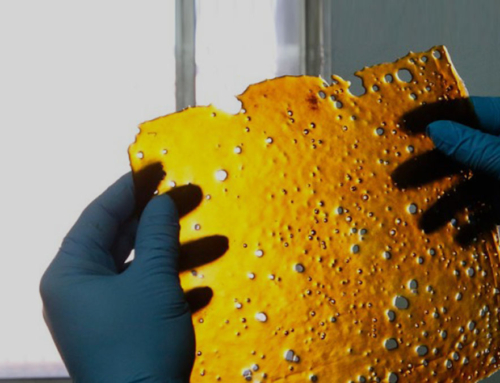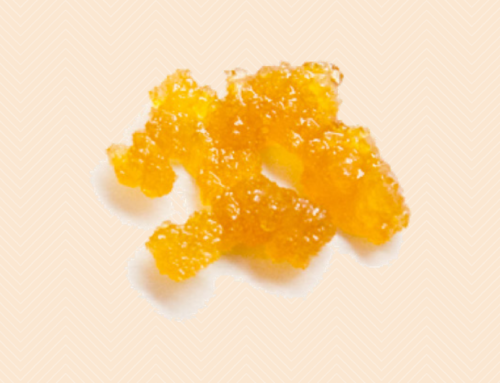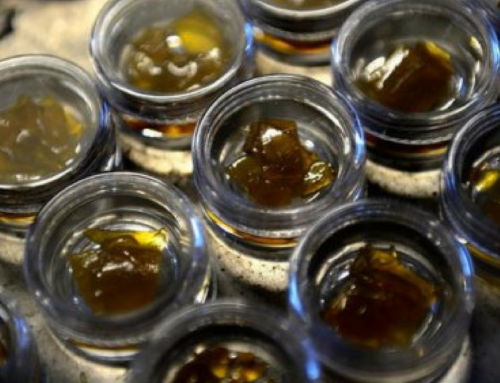Concentrates, oils, food products, and topicals are the fastest growing product segments on the market. The incredible variety of manufactured end products all start with a simple process: extraction. This is what Extraxx’s Monthly Meeting series, “From Flower Into Finished Products” is all about!
We’re not exaggerating when saying “Extracts are the Future” of marijuana. Some states, like New York, have even banned smoking (flower), and only allow medical patients to use marijuana in vape oils, tinctures, and caplet-formats. (Apologies to all New Yorkers, but NY state’s medical marijuana program frankly sucks.)
Extraction processors over the past 10 years have honed their processing skills to create new (and potent!) marijuana extracts and concentrates, using a variety of methods. Here is an overview of 4 popular marijuana extraction methods:
Ethanol extracts
One of the oldest forms of extraction involves using ethanol. With this method, the plant material is soaked in ethanol and then purging process is used to remove the ethanol. This is often done using a machine called a Roto-Vap that is used to heat the marijuana-ethanol solution in order to evaporate the ethanol and reclaim it for later use. The remaining cannabis oil can then be used to create tinctures, edibles, and concentrates.
Butane extracts
Butane is another popular medium used to extract cannabinoids from cannabis plants. Please, do not try this at home. A professional “closed loop” system needs to be used to purge the butane, and any extractor starting a BHO extraction business needs to take this seriously. Butane is a volatile gas.
Butane extraction starts by filling a tube with plant material. The better the quality of the material, the better quality and yield of the extract. Butane runs through the tube and allows the resulting cannabis-butane solution to drip into a container below the filter end. At this point, the butane must be purged from the solution for safety. The remaining “goo” is cooled to become the concentrate known as shatter, or agitated into wax or budder.
C02 extracts
Supercritical fluid extraction is another common method used to extract cannabinoids from cannabis. While it is possible to use other gasses in their liquid form, C02 is the most commonly-used gas in this method. C02 compresses beyond its “critical” point at around 90 °F, a temperature well below the deactivation temperature for cannabinoids and terpenes This extraction method relies on pressure and temperature to extract the terpenes, cannabinoids, and waxes from the cannabis material. Extractors put their material in an extraction vessel and then force the C02 liquid through the vessel.
While controlling pressures and temperatures, the cannabinoids, terpenes, and waxes will separate and collect in various chambers attached to the vessel. Extractors know at which temperature and pressure each terpene, cannabinoid, and wax separate, from the homogenous solution of marijuana material. This way they are able to target certain flavors and “types of high” produced by the genetics they are using.
Water
Water extraction retains most of the terpenes (flavors) which many harsher solvents strip away. Cold water (ice) extractions activate less of the THC, making a great smoking product, and hot water (steam) methods fully activate the THC, which make them ideal for infusing into edibles. Some people are even integrating alcohol into this water-extraction process with great results. Not to mention water is organic, and the residue is safe.
Consider the end product, as well as safety
There are plenty of methods to successfully create cannabis extracts – deciding which to use will depend on your desired outcome and how you plan to use your extracts.
Keep in mind that when extracting cannabis, you are concentrating all the “bad” chemicals and mediums in your finished product. This means you need to purge your medium completely and also have some sense about the chemicals (if any) used in the cultivation of your plant material. Safety is key!
(Details from this article originally appeared on 2/21/17 on Herb.co, written by Lane Ota.)







